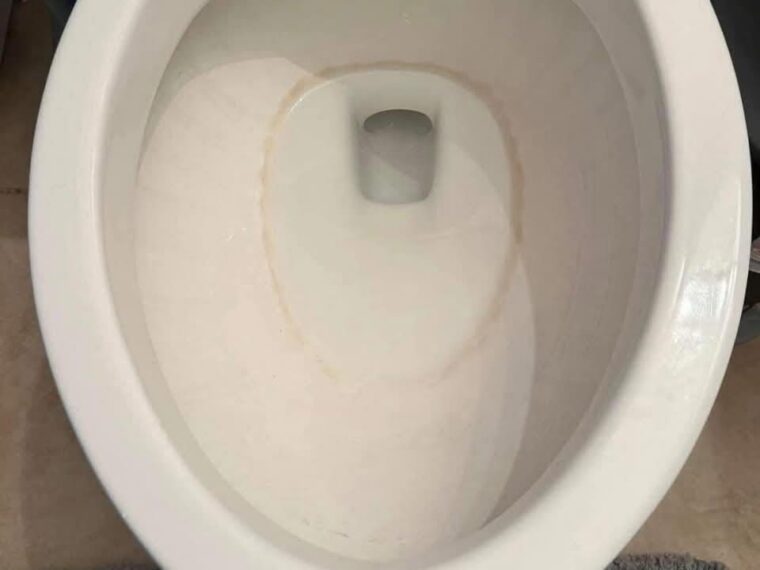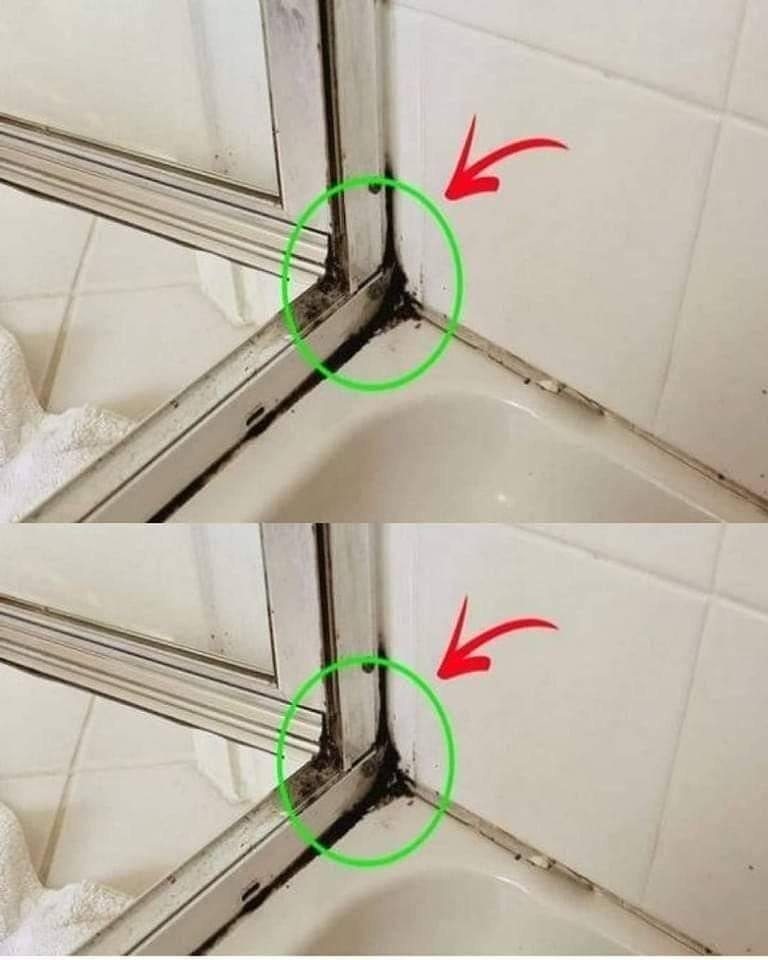- Rinse the cleaned area thoroughly with warm water to remove any vinegar or loosened mineral residue.
- Dry the surface with a clean, dry cloth to prevent new water spots from forming.
Special Care for Showerheads and Faucets
Mineral deposits can clog your showerhead or faucet aerator, affecting water flow. Here’s how to clean them:
- Remove the showerhead or aerator if possible.
- Submerge the part in a bowl of vinegar for 1 to 2 hours (or overnight for severe buildup).
- Use a toothbrush to scrub away loosened mineral deposits.
- Rinse thoroughly and reinstall.
If you can’t remove the fixture, fill a plastic bag with vinegar, place it over the showerhead, and secure it with a rubber band. Let it soak for the same amount of time, then remove and rinse.
Preventing Future Hard Water Stains
While vinegar cleans stains effectively, prevention is key to keeping your home spotless longer. Here are some easy ways to reduce mineral buildup:
- Wipe down surfaces after use: Dry faucets, shower doors, and sinks with a towel or squeegee to prevent water spots.
- Apply a thin layer of car wax: Surprisingly, a light coating of car wax on faucets and glass can repel water and reduce mineral deposits.
- Install a water softener: If hard water is a persistent problem in your home, consider a water softening system to reduce mineral content at the source.
- Regular cleaning schedule: Make vinegar cleaning a routine—monthly or biweekly—to prevent heavy buildup.
Additional Tips and Troubleshooting
- Avoid vinegar on natural stone: Vinegar’s acidity can etch and damage marble, granite, or limestone surfaces. Use a stone-safe cleaner instead.
- Test on a small area first: Before applying vinegar broadly, test on an inconspicuous spot to ensure no discoloration or damage occurs.
- For extremely stubborn stains: Repeat the soaking and scrubbing process over several days if needed.
- Sensitive skin? Wear gloves while handling vinegar, especially if you’re scrubbing for an extended period.
- Avoid mixing vinegar with bleach: This combination produces toxic chlorine gas.
The Science Behind Hard Water and Why It Leaves Stains
Hard water contains elevated levels of dissolved minerals, mostly calcium and magnesium ions. When hard water evaporates, it leaves behind these minerals as white, chalky deposits, known as limescale or hard water stains. These deposits can build up on everything from faucets and shower doors to sinks, toilets, and even appliances like dishwashers and kettles.
Over time, limescale can:
- Clog pipes and reduce water flow
- Damage appliances and fixtures
- Make cleaning more difficult
- Cause surfaces to appear dull and dirty
By using vinegar to dissolve these minerals, you’re effectively reversing the chemical reaction that causes stains and buildup.
Why Choose Vinegar Over Commercial Cleaners?
- Cost-effective: Vinegar costs just pennies per cleaning session compared to pricey chemical products.
- Non-toxic: No harsh fumes, which is especially important for households with children, pets, or allergies.
- Eco-friendly: Vinegar breaks down naturally without polluting waterways or harming ecosystems.
- Multi-functional: Beyond hard water stains, vinegar cleans glass, removes odors, and even acts as a natural fabric softener.
Wrapping Up: Natural, Effective, and Simple Cleaning
Hard water stains might seem stubborn, but with vinegar, you hold a powerful yet gentle weapon right in your kitchen. This method is a win for your wallet, your health, and the environment—plus, it restores your home’s shine without the hassle.
So next time you spot those pesky mineral deposits, don’t reach for harsh chemicals—grab some white vinegar and get scrubbing. Your faucets, tiles, and shower doors will thank you!
Got any vinegar cleaning hacks or questions?
Share your tips, success stories, or ask for advice in the comments below. Happy cleaning! 😉




